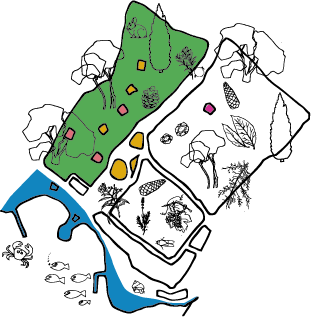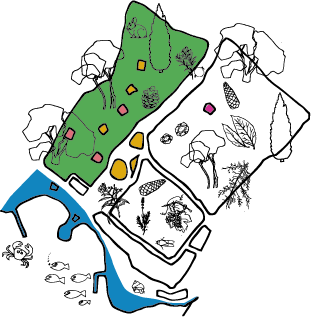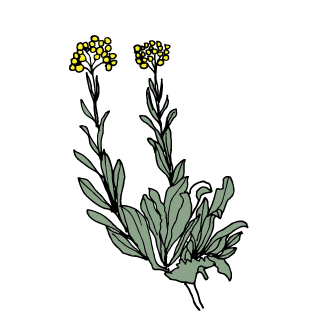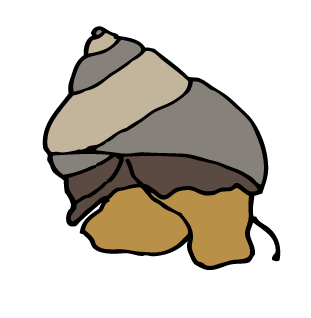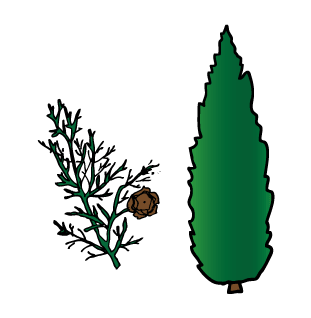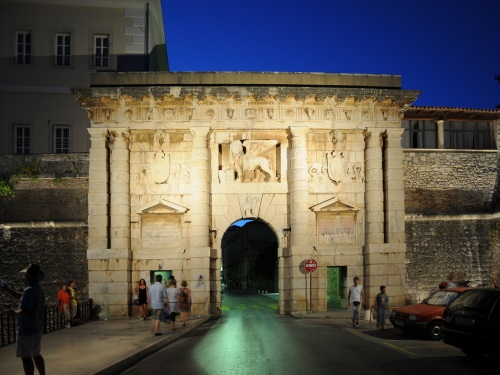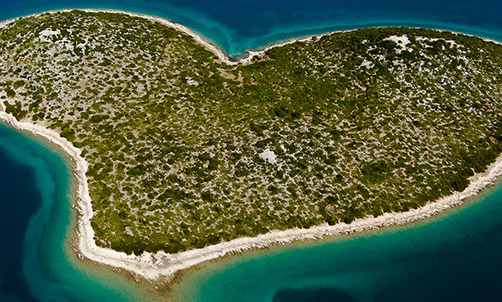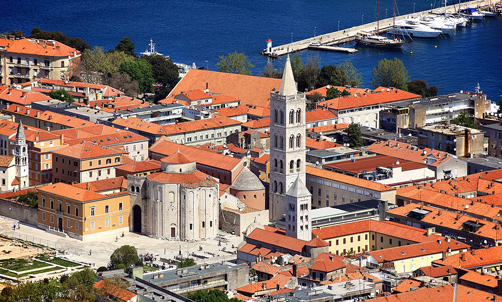
Tracing the History in Zadar Region
Zadar region is a place where both beauty of nature and cultural-historical heritage contribute to an irresistible combination for a fulfilling summer holiday. It’s a region that has seen a number of ups and downs throughout its thousands of years of human presence with settlements rising to power and then facing downfall, from which some never recovered. While traces of the past are visible all over the region - from ruins of ancient settlements such as Asseria or Vrana to villages such as Zaton, most remarkable stories are still preserved in towns and cities like Zadar, Nin and Pag.
Never giving up… like Zadar
Today a vibrant city where the modern and the ancient play an equally important role, the city has had an exceptionally turbulent history, because of its geographical location. In a few thousand years of its existence, the city changed rulers, was destroyed and rebuilt several times. It’s no wonder there are four patron saints to watch over it. The city got its urban layout with the ancient Romans, when it became one of the most important Roman centres on the Adriatic coast, even before the first Croatians came to the region to stay. So, when you walk its historical streets such as Kalelarga and across the squares such as People’s Square (Narodni trg) or Five Wells’ Square, past its fortifications, gates and towers and pass by the remains of the ancient Roman Forum, St Donatus’ Church and St Anastasia’s Cathedral, you might just get the idea about how great the city in fact is, by having overcome centuries and centuries of struggles.
Tiny, yet mighty … like Nin
With barely three thousand inhabitants in its wider area, it might come as a surprise that Nin is administratively a town rather than a village and this is so because of its major historical importance. In fact, in its almost three thousand years of existence Nin has seen an equal amount of difficulties as Zadar. When the Croatians arrived in the 7th century, the town became their political, cultural and religious centre, a place where early Croatian kings ruled. As such it was of particular interest to different sides so it was conquered, demolished and rebuilt several times up until the 17th century, when it began to lose its influence following a major destruction by the Venetians. By visiting Nin’s Museum of Antiquity, remarkable Churches of St Nicholas and the Holy Cross, see the statues of Duke Branimir and Gregory of Nin, you trace the most important historical moments of early Croatian history.
Say cheese … like Pag does
Famous for its cheese, lace, fascinating traditional clothes and well preserved cultural-historical heritage, the town of Pag had to fight hard for its autonomy throughout the centuries. Pag’s Old Town, the ruins of which can be found near the current town (built in the 15th century), got the status of a ‘free royal city’ in the 13th century. However, it didn’t save it from numerous conquering attempts, as its sights such as the city walls and Skrivanat Tower testify to. A trip down the history lane is particularly remarkable on the main square where the 15th century Duke’s Palace is located, especially when traditional performances take place.
From N to Z
Nowadays different in size and current status, yet equals in their charm, Nin, Pag and Zadar tell an interesting story that goes beyond Croatian history. It’s a story about struggle and survival, greatness and downfall, a story of culture and tradition. So, trace the history in Zadar region and make your summer holiday so much more exciting!
Image source: http://goo.gl/vAQj5w


